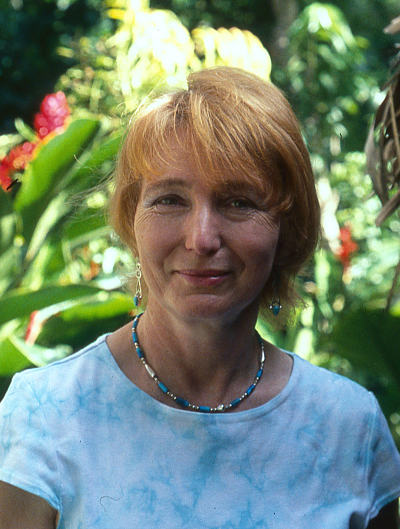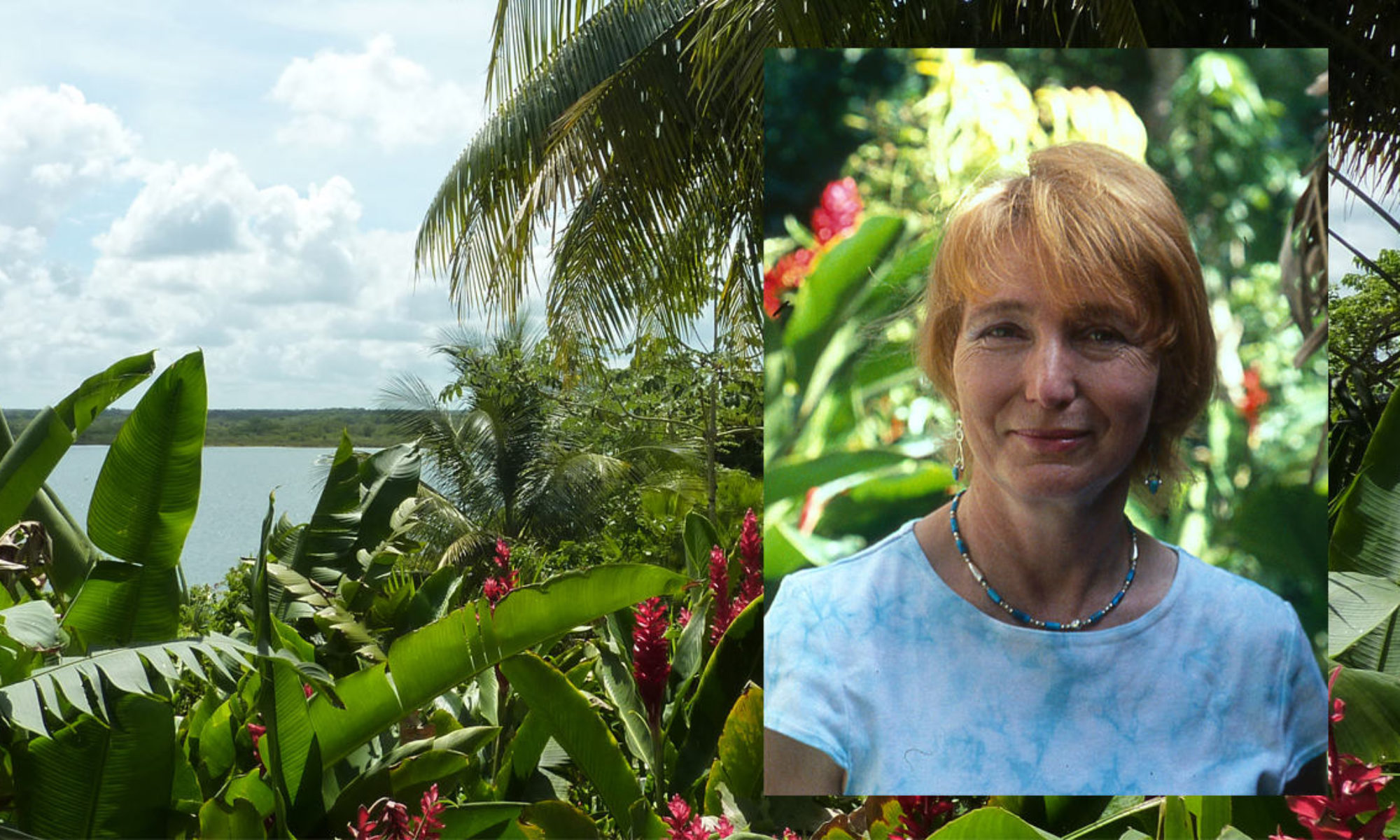
I have always been fascinated by ancient history, and my training in ceramics and sculpture led to a passion for archaeology and ancient artefacts and an appreciation for the wonderful craftsmanship, powerful forms and beautiful designs on these objects.
While teaching Ceramics in London schools I became interested in how the pots, sculptures and other objects were made, and in understanding why particular forms and symbols were used in different cultures. So during the summer vacations, I worked in several countries as an archaeological illustrator, including Turkey, Italy and then Belize, Central America.
After ten years of teaching I was ready for a change of career, and was lucky enough to be taken on as the project illustrator for the Lamanai Archaeology Project in Belize; the director at that time was Dr David Pendergast, curator of New World Archaeology at the Royal Ontario Museum, Canada.
Lamanai is a beautiful site, with one of the longest periods, over 3000 years, of Maya occupation and ceremonial activity. It is set by the side of a lagoon, covered with rainforest and with varied tropical wildlife, making it a wonderful place to work as an artist.
I became involved in all aspects of the excavation at the site, and with its unique pottery, temple architecture, stucco masks, carved stelae and exotic landscape, there was a wealth of material to draw and paint. Lamanai provided a source of material that I related to immediately, and my work as an illustrator of the ceramics helped me to instinctively understand the universal language of pottery.
I married Claude Belanger, the project architect, and we continued to live at the camp site with our two boys until the end of the excavation project in 1986. During the course of the 12 years of the project, four major temples, the administrative complex, known as the “Ottawa Group”, the Sugar Mill and the two Maya churches, plus many other buildings, were excavated.
The excavation resulted in the discovery of many fine pottery vessels, unique in the Maya world; many of these vessels, although broken when discovered in tombs or caches, were restored and could then be drawn as complete vessels. Handling and illustrating these vessels taught me a great respect for the ancient Maya potters and how they had used a basic material, – clay from river beds, and by hand building and using coloured slips (as they had not developed glazes), produced an extraordinary variety of vessels and amazing sculptural figurines.
I was fascinated by this variety of forms and designs, and wanted to better understand the work of the potters and artists of the ancient Maya world. This led to making replicas of the animal figurines that had been excavated from around the Church area, and as far as possible, using the same modelling and firing techniques as the ancient Maya potters.
Many of the actual figurines are damaged and are now in other museums, so my aim was to make one of each figurine for a display in the Lamanai Museum. Skills and information gained from this experimental work were later used during the craft workshops.
The sculptural figurines and the designs and symbols on the ceramic vessels that I illustrated during this period, later became the way back into more personal and creative work.
In a series of large abstract oil paintings and the ‘Earth and Sky’ water colours, I used the symbolism of the Postclassic incised censer pots combined with my own interpretation of the designs, to explore the line between ancient and modern.
As part of the Lamanai Tourism Development Project in 2000, Dr Elizabeth Graham, the current director of the Lamanai Archaeology Project, set up a craft workshop programme in the local village of Indian Church, which is adjacent to the site. Everybody working on the archaeology site feels it is important to provide the villagers with access to the research that has been carried out over the past 40 years, and to enable them to benefit in as many ways as possible from this information.
The Craft Development Project was designed to help the villagers improve their economic circumstances by learning how to make and sell arts and crafts using the abundant and unique art objects from the excavations as inspiration.
As a ceramics teacher, I helped with clay workshops, and many of the children learnt how to make crocodile figurines, tiles and plates, inspired by the beautiful Lamanai imagery.
My latest project is to provide guidebooks for the archaeology sites at Lamanai and Altun Ha. I have used my original art work to illustrate the guidebooks, drawing together many years work of illustrations, ceramic replicas and paintings from my work as an archaeological illustrator in Belize.
Qualifications and work experience
Qualifications: Central St. Martins London U.K. B.A. Art and Design, Ceramics.
Teaching: Taught Ceramics and drawing in London secondary Schools for 10 years.
Archaeological Illustration: 1980 to present, Archaeological Illustrator for the Lamanai Archaeology Project. Produced drawings of artefacts for publication, paintings of vessels and architectural masks, and paintings of architectural reconstructions of Maya buildings.
Ceramic Replicas: 2000 – present, clay replicas made of the animal figurines from Lamanai and Santa Rita, Belize. The National Museum of Liverpool purchased some for their Education Department. Crocodile figurines and replica pots purchased by Tourist Lodges in Belize.
Conservation and Restoration: In 2001-2002 undertook the restoration of large limestone and stucco masks on temple structures as part of the Belize Tourism Development Project.
Publications: 2004 to present, responsible for layout, art work and publication of Lamanai Guidebook, Altun Ha Guide to the Ruins, and Lamanai Recipe Book and Herbal Walk. Originally, these publications were to provide information to the guides at the sites, and are now sold to tourists by the local villagers.
